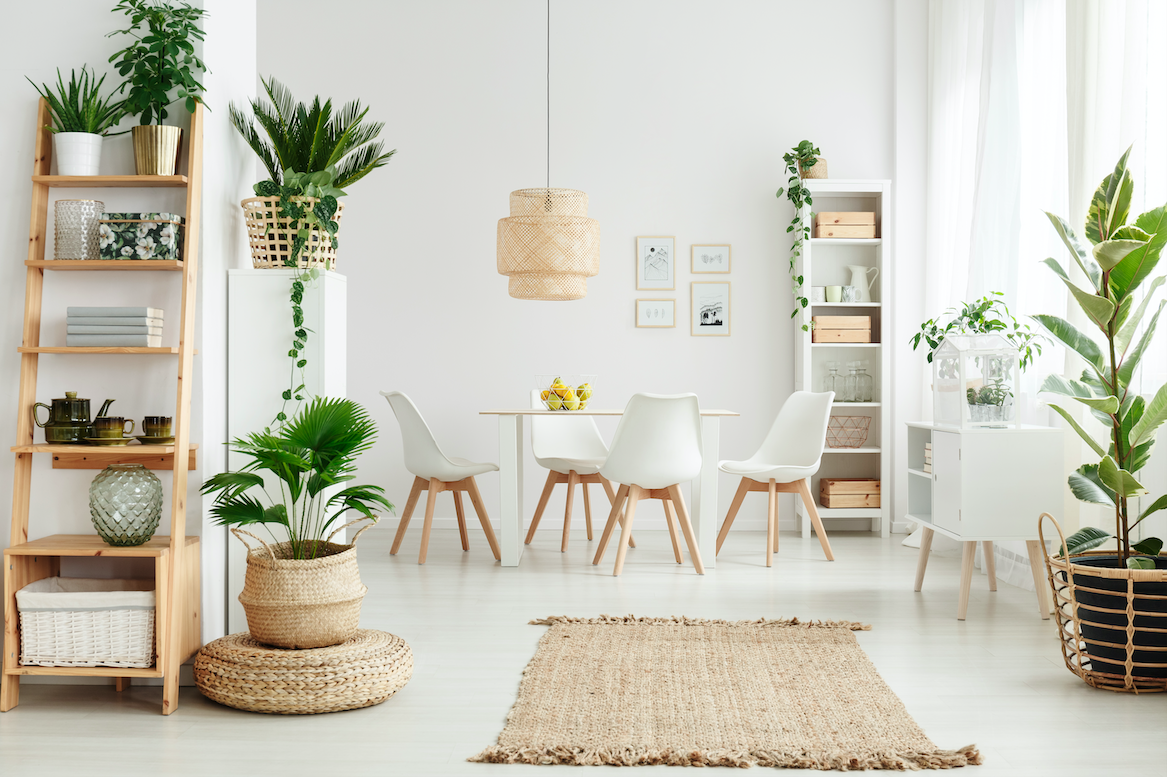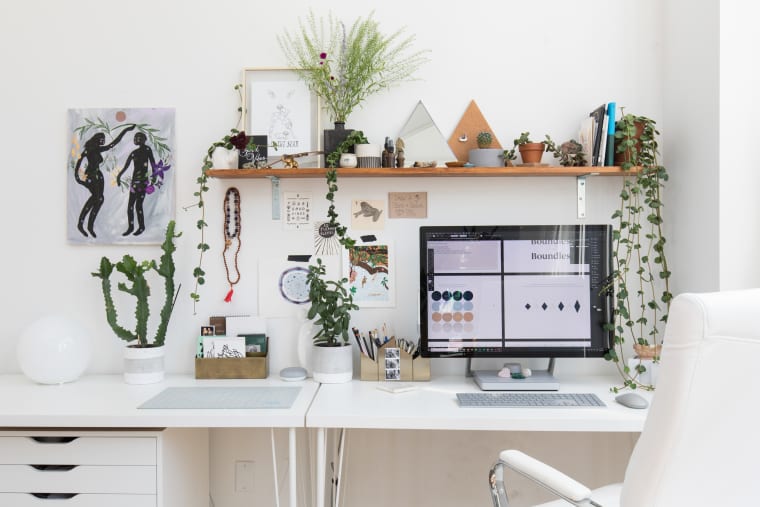
19 Mar Your Home is Your Sanctuary: Finding Well-Being in Uncertain Times
COVID-19 (more commonly called the “coronavirus”) has disrupted many of our daily lives. Even if we aren’t in hotspots like Seattle or New York City, the effects of the coronavirus have caused us to spend more time indoors and participate in social distancing.
Simply put, for at least the next few weeks, we are going to be spending substantially more time in our homes.
Because of this, it is absolutely worth your time to make your home more comfortable and enjoyable. This is where biophilic design is relevant. It can make your home a sanctuary—no matter its size or where it is located.
Some Basics About Biophilic Design
If you haven’t yet heard of biophilic design, it is essentially a way that building occupants can connect with their natural environment. This occurs through things like direct and indirect nature, space conditions, and place conditions. At its core, biophilic design is trying to relate to our primitive past. While we may not need to live in the jungle or savannah, biophilic design is trying to extract that genetic connection to the natural world.
Even before the spread of the coronavirus, biophilic design moved the needle in improving our mental health. Some studies have shown that the inclusion of plants in residential environments, for instance, increases pain tolerance and reduces stress. Another study found that after stressor exposure, nature sounds improved mental health almost 40% faster than urban noise. The bottom line? There are significant health benefits to incorporating biophilic design in your home. Added stress and anxiety from the coronavirus’s spread makes biophilic design an even more appealing option.
Tips on Incorporating Biophilic Design in Your Home

Apartment Therapy
Considering how biophilic design can make you happier, healthier, and less stressed, you may be wondering how you can easily take advantage of these benefits in your home. The list below isn’t exclusive and may be more limited since we’re assuming you can’t leave your home. Putting that aside, the following tips can go a long way in helping you leverage biophilic design in these challenging times.
One of the first things that you can do is maximize natural light. This is especially critical if your city is experiencing a lockdown from the coronavirus. Natural light helps us mimic our natural environment and keep our circadian rhythm in alignment with the 24-hour cycle. It also enhances our visual comfort and can even lower our electric bills. Because of this, make sure to open your blinds and get as much natural light as possible. Doing so can go a long way in making you happier and more energetic as we proceed through this crisis.
Beyond maximizing natural light, you should think about opening your windows and letting natural air flow into your home. Obviously, this may be more challenging for those of you living in colder climates. Nonetheless, studies show that natural air provides a variety of health benefits. It can improve focus, performance, and can be refreshing if you have been inside for days at a time. Therefore, think about opening your windows for a few minutes (or longer).
Next, consider incorporating natural sounds into your home. If you have a white noise machine, playing rain, rainforest, waves, or other natural sounds can make you feel calmer. Even though it is artificial, these sounds can be essential if you aren’t able to leave your home.
Finally, there is the power of plants. If you can leave your home, think about purchasing some indoor plants, as they can make you happier and healthier. Moreover, taking care of your household plant can be another task on your list to break up the monotony of your day.
Practicing Self-Care

Biophilico
During these challenging times, it is extremely important to take care of ourselves. Clearly, you’ll want to stay healthy and stay indoors until further advised by your local government. But along with this, biophilic design can go a long way in helping us stay positive as we live through a global pandemic.
The tips above can help create a home that embraces biophilic design. However, if you are looking for more tips or strategies, feel free to visit my Instagram page. There, you will find some daily tips on how you can leverage biophilic design in your home.


Sorry, the comment form is closed at this time.